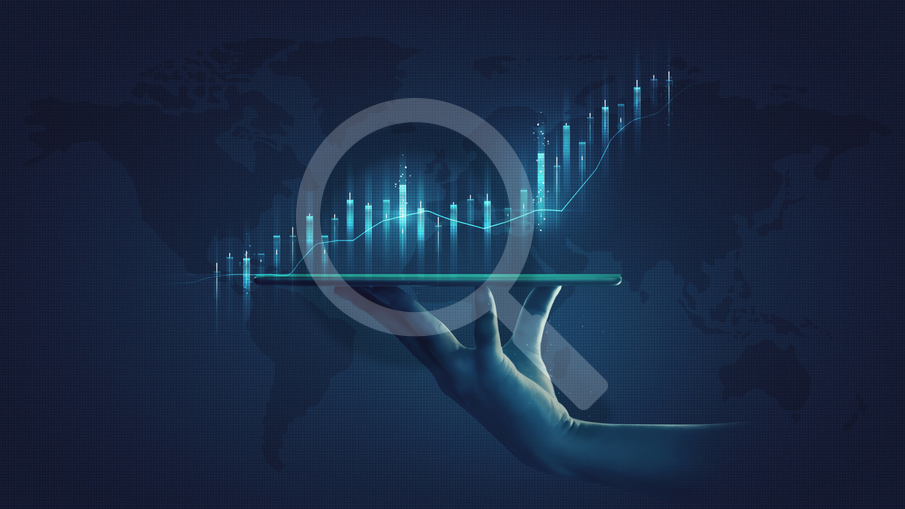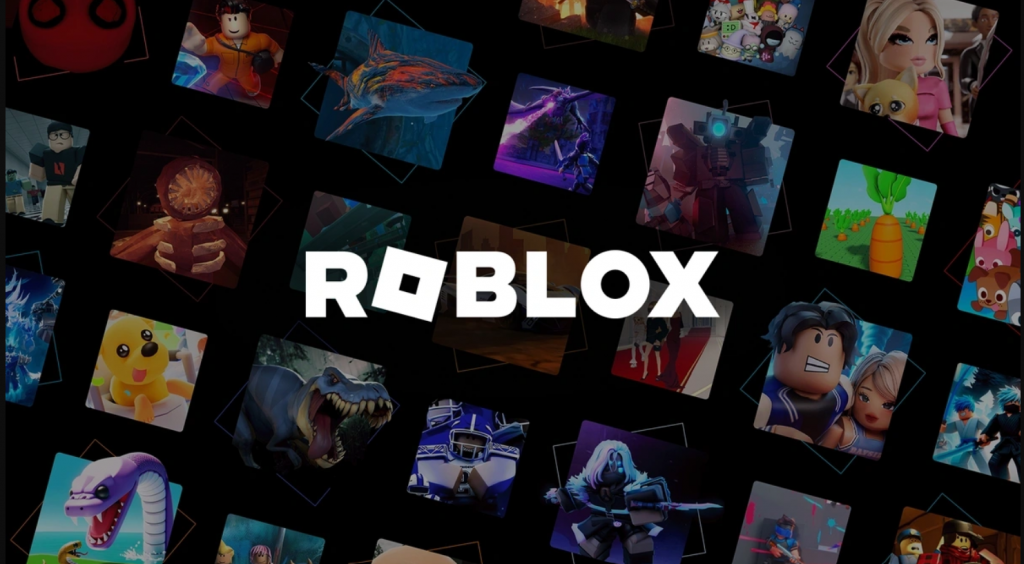The Creation Of Media Monitoring
Even though digital media monitoring has been popular for only a decade or so, the creation of media monitoring itself dates back to the 1800s. It already existed at the beginning of the era of printed media. The term ‘monitoring’ was initially known as press clipping services and focused solely on printed newspapers. In 1881, Henry Romeike founded a press clipping agency in London and later in the United States. Romeike provided news monitoring service for famous people who were looking for any mention of their names in the newspaper. After that, many media monitoring agencies began offering similar services. . This marked the beginning of the press clipping industry’s growth, laying the foundation for modern media monitoring requirements.
The 20th Century
The rapid growth of technology in the 20th century also affected the services of news clipping agencies. As mass media expanded to include radio and television broadcasts these agencies cannot focus their ‘monitoring’ solely on newspapers. Media analysts did not rely on an algorithm back then. Back then, media analysts also did not rely on an algorithm like they do nowadays. They listened to the radio or watched TV broadcasts to track media coverage for their clients. The popularity of audio recorders in the 50s helped media analysts to do their work. They didn’t have to watch the live broadcast all the time. In the 80s, the internet became a new media and was used more frequently. In the 90s—1998—WebClipping became the first digital media monitoring that helped analysts track down any mention on the internet.
Digital Media Monitoring In The Present
Today, printed media and social media monitoring tools have become more advanced and have many features. You can choose from many traditional printed media and social media monitoring tools, and they come at various prices. You can also use a free tool, but it has limited features. Some features are essential in media monitoring, namely:
- Natural Language Processing (NLP)
- Latent Semantic Analysis (LSA)
- Competitor Analysis
Features like NLP and LSA will help you cope with recent technology like voice search. Voice search or voice assistant usage is increasing steadily nowadays. According to GlobalWebIndex in 2018, 27% of the global population used voice search on their mobile device. Additionally, modern tools allow you to monitor online sources to stay informed about your competitors’ strategies and campaigns. It is vital to stay updated on your competitor’s next strategy/campaign to stay ahead and be the top-of-mind of your industry.
The Future Of Digital Media Monitoring
Since the 1800s, media platforms and monitoring tools have evolved from traditional media solutions to highly advanced systems. It grows essentially as a tool to define a business strategy, insights, and even sales. Digital media monitoring will read the algorithm of a particular platform, analyze competitor data, and then help with whatever metrics you desire. In the future, media monitoring lets brands harness even more advanced machine-learning technologies and tools to interpret platform algorithms, analyze audience responses, and predict trends. Nowadays, features like NLP and LSA are the most advanced technology on the market. These tools will continue to enhance your understanding of your audience and help you achieve your brand’s goals.
Unlock The Power of Digital and Social Media Monitoring
The content above shows digital monitoring developed from time to time. This evolution highlights that leveraging media monitoring is no longer optional; it is a critical tool for helping brands succeed in their campaigns, strategies, and overall growth. Contact us today to explore how our media monitoring services can empower your brand.
You may find these related topics interesting:






